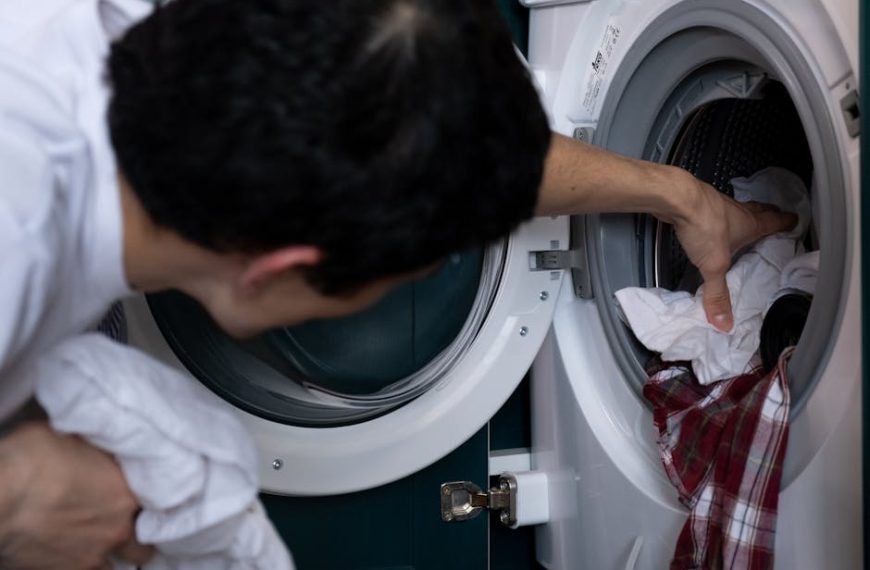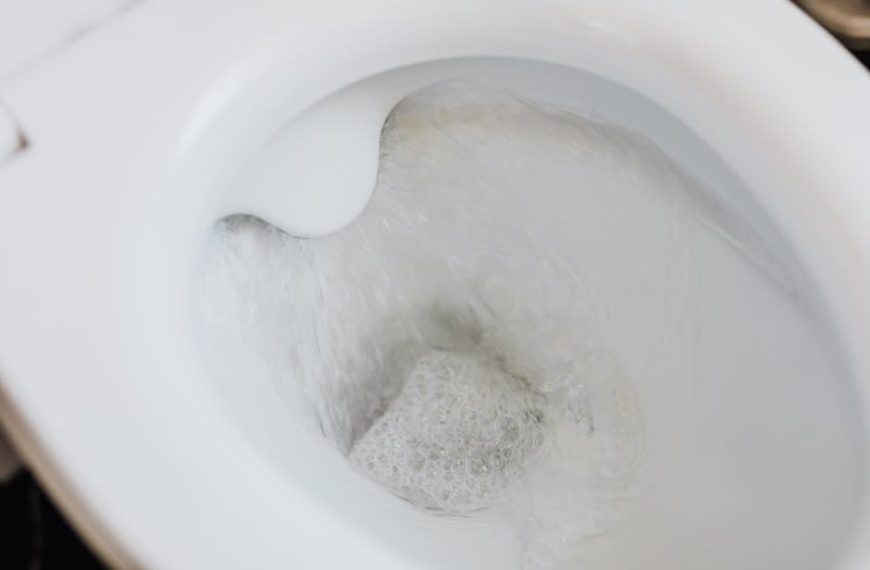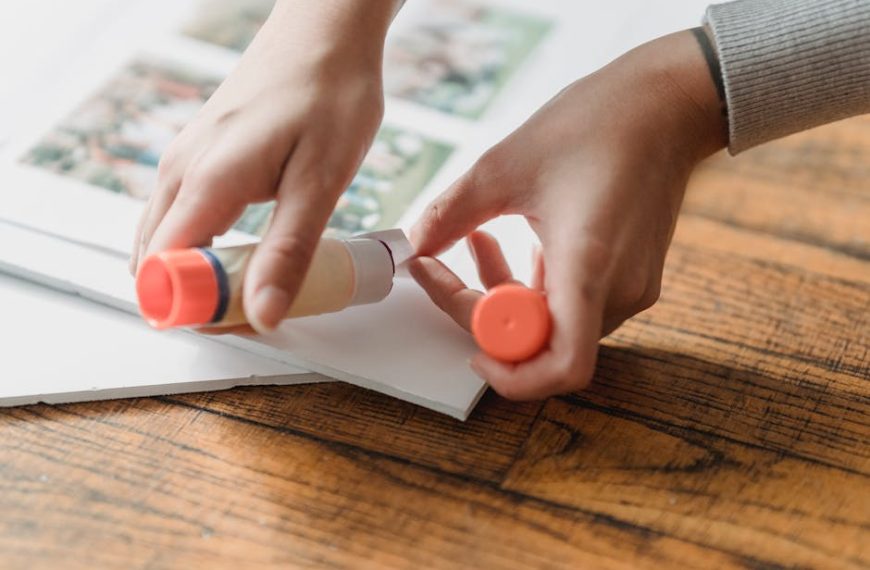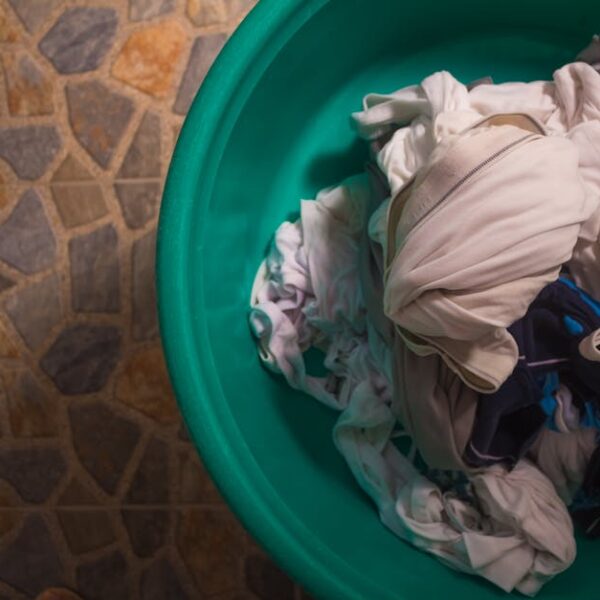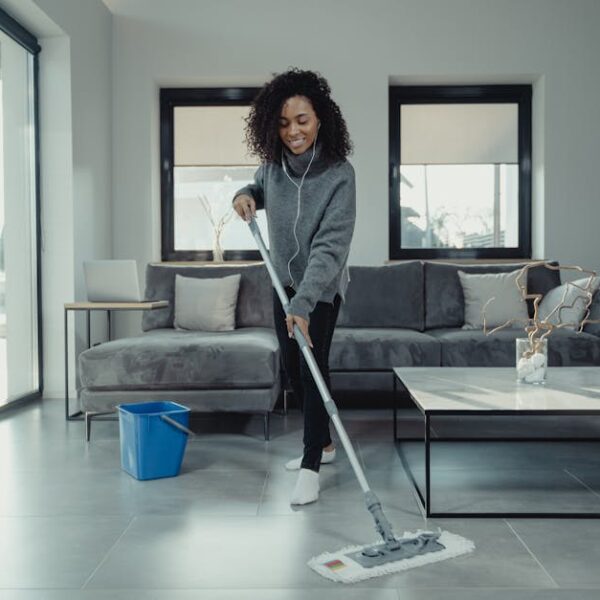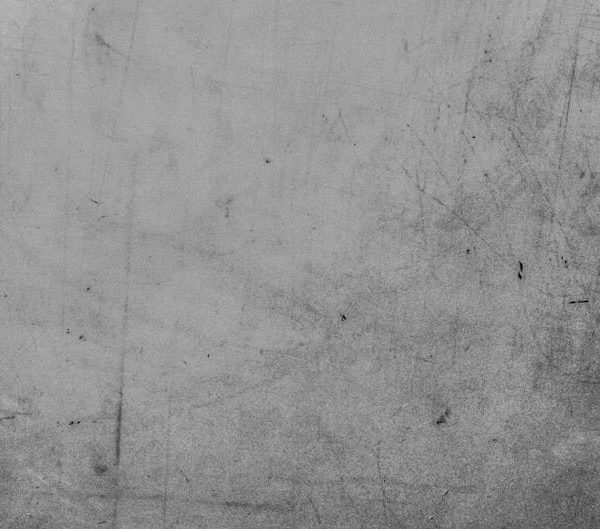Keeping a sparkling clean toilet is no easy task, particularly dealing with urine stains. Today, let’s discover how to effectively tackle these pesky stains without damaging the toilet.
The Preferred Materials for Cleaning Urine Stains
When it comes to cleaning urine stains off your toilet bowls, there are several suitable materials you can use. These not only do the job effectively but also protect your toilet from potential damage.
Common household supplies such as vinegar, baking soda, and hydrogen peroxide are fantastic options. They’re safe, eco-friendly, and easily available.
➡️ Vinegar and Baking Soda: Suitable for light to moderate stains.
➡️ Hydrogen Peroxide: Use for tough, stubborn urine stains.
Remember, though homemade remedies might take a bit longer to show results, they are gentler on your toilet bowl.
Below is a table comparing homemade solutions and commercial cleaners:
| Homemade Remedies | Commercial Cleaners | |
|---|---|---|
| Effectiveness | Effective on light to moderate stains | Potentially more powerful on tough stains |
| Safety | Safe, non-toxic, eco-friendly | May contain harsh chemicals, potential health risks |
| Cost | Cheaper, common household products | More expensive, especially eco-friendly options |
Step by Step Guide: Cleaning Urine Stains with Vinegar and Baking Soda
Our step-by-step guide to using vinegar and baking soda will ensure those annoying urine stains disappear:
- Apply a generous amount of vinegar on the urine stains.
- Sprinkle baking soda over the vinegar-soaked stains.
- Let the mixture fizz and settle for 15-30 minutes.
- Scrub the treated area gently.
- Rinse with warm water.
Pro tip: Let the mixture sit for a while before rinsing for better results.
How to Use Hydrogen Peroxide with Other Agents for Stain Removal
For tough stains, use hydrogen peroxide in combination with other cleaning agents.
- Make a paste of hydrogen peroxide and baking soda in a 1:2 ratio.
- Apply the paste on the stained areas.
- Let it sit for about 20 minutes.
- Scrub gently with a toilet brush.
- Rinse well.
Remember: Be careful when handling hydrogen peroxide as it can cause skin irritation or bleach clothing.
Preventive Measures: Strategies to Limit Recurrence of Urine Stains
By adopting a few preventative strategies, you can greatly reduce the recurrence of stubborn urine stains. Here are a few pro tips:
- Clean the toilet bowl often: Regular light cleaning beats hard scrubbing!
- Use a toilet mat or splatter guard: This limits the area that urine can reach.
- Use a toilet brush often: A quick brush after use can help prevent stains from setting.
Pro tip: Use a toilet cleaner regularly to help maintain a stain-free toilet bowl.
Can Cleaning Urine Stains Help with Limescale Removal in My Toilet?
Cleaning urine stains can indeed aid in limescale removal in your toilet. By using effective toilet cleaner solutions, you can break down mineral deposits while simultaneously eliminating stains. This dual-action not only enhances the toilet’s appearance but also promotes better hygiene, ensuring a fresher and cleaner bathroom environment.
Understanding the Side Effects and Risks Involved in Using Commercial Cleaners
While commercial cleaners are often more powerful, they may contain aggressive chemicals that can damage the toilet bowl. They may also pose potential health hazards.
While some commercial cleaners may be convenient to use and provide faster results, they often come at the expense of potential damage to your toilet and the environment. They could also be hazardous to pets and children.
As such, it’s imperative to understand the risks and benefits involved. Always remember to use them safely and judiciously.
Remember, clean toilets contribute to a healthier, more comfortable home, and knowing how to maintain them effectively can take away some of the stress associated with household cleaning. Happy cleaning!
Key Takeaway:
- Common household items such as vinegar, baking soda, and hydrogen peroxide can be effectively used to clean urine stains on toilet bowls without causing damage.
- Cleaning with baking soda and vinegar is suitable for light to moderate stains, whereas hydrogen peroxide is effective for more stubborn stains.
- Although commercial cleaners can be powerful, they often contain harsh chemicals that could not only damage the toilet bowl but also pose potential health risks.
- Implementing preventative strategies can limit the recurrence of urine stains.
Maintaining a clean bathroom doesn’t have to involve harsh chemicals or damage your toilet bowl. Regular light cleaning using household staples can effectively tackle urine stains and prevent their recurrence. With the right knowledge and dedication, you can sustain a clean, fresh, and hygienic toilet that contributes to your overall home cleanliness.
FAQs
Q: Can I use lemon and salt to clean urine stains on the toilet bowl?
A: Yes, lemon and salt can be used as a natural cleaning method to remove urine stains. However, lemon’s cleaning ability might not be as potent as vinegar or hydrogen peroxide when it comes to tackling stubborn stains.
Q: Is toothpaste a recommended cleaning agent for urine stains in the toilet?
A: Yes, toothpaste can be used for light stains and to maintain clean toilets between deeper cleaning. Bear in mind, though, toothpaste may not be effective against severe stains.
Q: Why does urine stain the toilet bowl?
A: Urine can stain the toilet bowl due to its acidic nature. When urine comes into contact with the bowl, it tends to settle and form a layer that can harden over time, leading to stains.
Q: How do I prevent recurrence of urine stains?
A: To prevent recurrence of urine stains, regular light cleaning is recommended. Also, adopting strategies such as using toilet mats and quick brushing after use can help prevent stains from setting.
Q: Are there potential health risks involved in using commercial toilet cleaners?
A: Yes, commercial cleaners oftentimes contain harsh chemicals that can release toxic fumes. They can cause respiratory issues, skin irritations, and eye damage, and are also potentially harmful to the environment.
Remember to share this article if you found it helpful and feel free to explore more posts on our website.


